"The national spirit is one of modernization, pitting wealth against culture. Modern man would sell his soul for the chance to become a wealthy champion of industry. There's no room in men's hearts for spirits, gods, and the unexplained tricks of nature they once held in esteem." - Narumi Shōhei
Don't wanna be here? Send us removal request.
Text
I am so disgusted by what Rings of Power did to Galadriel.
First of all, according to canon, Galadriel was the one who didn't trust Annatar. She was literally one of the few Elves who was suspicious of him. Celebrimbor is the one who Sauron most successfully manipulated. So what does Rings of Power do? It has Galadriel be completely tricked and manipulated by Sauron the whole time, of course. But it doesn't stop there... it also gives them a completely bizarre and unjustifiable romantic relationship. Seriously, what the hell?
Even if it weren't for Celeborn—you know, the guy Galadriel is actually married to, the one who gave her that name—it's literally canon that she wasn't fooled by Annatar. She wouldn't have a fucking will-they-won't-they romantic relationship with him, either.
And this storyline isn't just completely against canon, it also fucks up her story arc. Because now in the Rings of Power version of the story, Galadriel's temptation with the One Ring is just about a man she was romantically attached to. And her repudiation of Sauron is just her rejecting him.
In Tolkien's actual writing, Galadriel was not tricked by Sauron, and she hated him, and when it comes to the temptation of power it had nothing to do with a personal (let alone romantic) relationship with Sauron—why do I have to spell this out? She desired a realm of her own to rule, and the One Ring tempted her because with it she would have been able to delay the fading of Lothlórien.
But no. Amazon just has to shoehorn in some creepy romantic relationship between Galadriel and Sauron OF ALL PEOPLE. What the fuck. Who the hell thought this was a good plotline? Shitty writers always do this—they're like ooh look at me, I'm going to write a female main character, and then they make her entire plotline subservient to a man.
(This isn't even touching on all the other things wrong with the portrayal of Galadriel, like how the showrunners call her "young Galadriel" but she's literally older than most of the other characters in the show. Or how she's shown as this bratty young woman who has zero skill with diplomacy, instead of the wise leader she would be by the time of the Second Age. Or how she's canonically tall and athletic, but she's portrayed by a short, petite actress. Or how she's related to the Teleri, who had their boats stolen after the First Kinslaying, but in the show she tries to steal a boat...)
But seriously, a romantic relationship between Galadriel and Sauron? I knew this show was going to be shit, but wow. They really outdid themselves with this.
953 notes
·
View notes
Note
I was watching accented cinema video and one of the clips he showed for his ne-zha video. A man says that Sun wukong is asexual what that all about.
The person you mentioned is correct. In the standard 1592 edition of Journey to the West, Sun Wukong is functionally asexual. I show in this article that the Buddho-Daoist Sage Subhuti teaches him a method of immortality involving the circulation of chaste semen and a regimen of breathing exercises. Most importantly, the Sage recites an enlightening poem, part of which warns against ejaculation: "All power resides in the semen, breath, and spirit; / Store these securely lest there be a leak. / Lest there be a leak! / Keep within the body!" (Wu & Yu, 2012, vol. 1, p. 120). On top of this, Monkey shows no sexual attraction to either female or male characters during the entire journey. For instance, in ch. 60 he refuses the drunken advances of the Princess Iron Fan while magically disguised as her husband:
After drinking a few rounds, Rākṣasī felt somewhat tipsy and her passion was gradually aroused. She began to move closer to the Great Sage Sun, rubbing against him and leaning on him.
Holding hands with him, She murmured affection; Shoulder to shoulder, She whispered endearment. She took a mouthful of wine, and then he took also a mouthful of wine from the same cup. They also traded fruits with their mouths. The Great Sage, of course, was feigning tenderness in all this, although he had no choice but to laugh and dally with her. Truly “The muse’s hook”— “The sorrow’s broom”— To banish all cares nothing’s better than wine! The man resolves to act with less restraint; The girl has slackened and begins to laugh. Her face reddens like a ripe peach; Her body sways like young willow. They mumble and murmur, thus the prattle grows; They pinch and they fondle with flirtatious glee. Often she strokes her hair And wields her dainty hands. Her tiny feet she’d wiggle frequently And shake her sleeves a few times purposely. She’d lower her creamy neck; She’d twist her slender waist. Amorous words would never leave her lips; Gold buttons loosened, her bosom’s half-revealed. Her reason truly totters for she’s drunk. Rubbing her glazed eyes, she’s almost disgraced. When the Great Sage saw that she was acting with such abandon, he took care to bait her with the words, “Madam, where have you put the real fan? You must be careful constantly, for I fear that Pilgrim Sun with his many ways of transformation will sneak in somehow and wangle it” (Wu & Yu, 2012, vol. 3, pp. 144-145).
As can be seen, Sun is not the least bit interested in having sex with the demoness, only retrieving the fan. Given this information, I’m not a fan of artists and writers who push their own sexuality (straight or gay) on the Monkey King because that’s not what he’s about. He’s only interested in fighting and adventure. However, one version of Monkey is a sex-crazed maniac in an early Ming-era Zaju play that predates the novel by some 200 years. For example, in act nine, Sun kidnaps the princess of the Golden Cauldron Kingdom (金鼎國) to be his wife. [1] But she is freed by Heavenly King Li Jing (李天王), and the Bodhisattva Guanyin (觀音) eventually traps Monkey under Flower Fruit Mountain (Ning, 1986, pp. 63-66 & 145-146). In act 17, he attempts to have sex with a maiden in the Kingdom of Women (女國), but his golden fillet comically gives him erectile dysfunction:
My lustful nature was about to be aroused, when suddenly the golden hoop on my head constricted, and the joints and bones up and down my whole body began to ache. The throbbing reminded me of a bunch of vegetables. My head hurt so my hair stood up like radish-tops, my face turned as green as smart-weed sprouts, my sweat beaded up like the moister on an egg-plant soaked with sauce, and my cock fell as limp as a soft, salted cucumber. When she saw me looking for all the world like chives sizzling in hot oil, she came around, suppressed her itch and set me free (Ning, 1986, p. 90).
Later in act 19, Sun attempts to retrieve the fan by seducing Princess Iron Fan (who is single in the play). He recites a poem to her chocked full of sexual innuendo: “The disciple’s not too shallow. / the woman’s not too deep. / You and I, let’s each put forth an item, / and make a little demon” (Ning, 1986, p. 141). It should be remembered that the play drew upon existing material and spiced it up with dirty jokes and sex scenes to elicit laughter. Therefore, the Sun Wukong from the play should be considered a separated entity from the similarity named literary figure. Note: 1) This plays on ancient white ape tales in which the primate antagonist kidnaps maidens to have sex with them. Sources: Ning, C. Y. (1986). Comic Elements in the Xiyouji Zaju. (Doctoral dissertation). Available from ProQuest Dissertations and Theses database. (UMI No. 8612591) Wu, C., & Yu, A. C. (2012). The Journey to the West (Vol. 1-4). Chicago, Illinois: University of Chicago Press.
74 notes
·
View notes
Photo
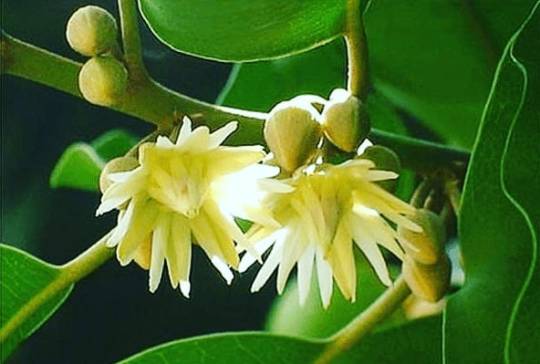
The tanjung flower or bakul in Sanskrit is a common sight on the sidewalks of Penang. Found in South and Southeast Asia, it's known by many names in the languages of the region, but the common English names are medlar or bullet wood. According to #MalayFolklore, a heavenly princess (puteri kayangan) couldn't find her clothes that would allow her to fly back home. Stranded on earth, the tears she'd cry turned into the bunga tanjung. An old lady who was taking care of her on earth would string the flowers together and sell them. The flowers, fruit, bark, seeds and timber of the tree have all been used by humans ever since #asianfolklore #asianmythology #southeastasianfolklore https://www.instagram.com/p/CN2BPm9D8ii/?igshid=cfh25did2uff
0 notes
Photo
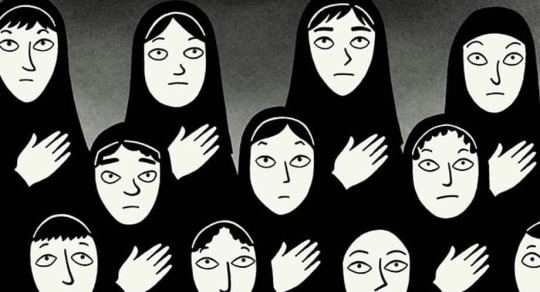
Persepolis is recommended viewing for Malaysians. Depicting life in Iran before and after the revolution, the events of the film influenced Malaysian socio-politics in the 80s, and we're feeling its impact til this day. Young Malays who've been lead to believe this is how life has always been would do well to give the movie a watch https://www.instagram.com/p/CNpmq0NDIZL/?igshid=vd48lpxx9yxu
0 notes
Photo
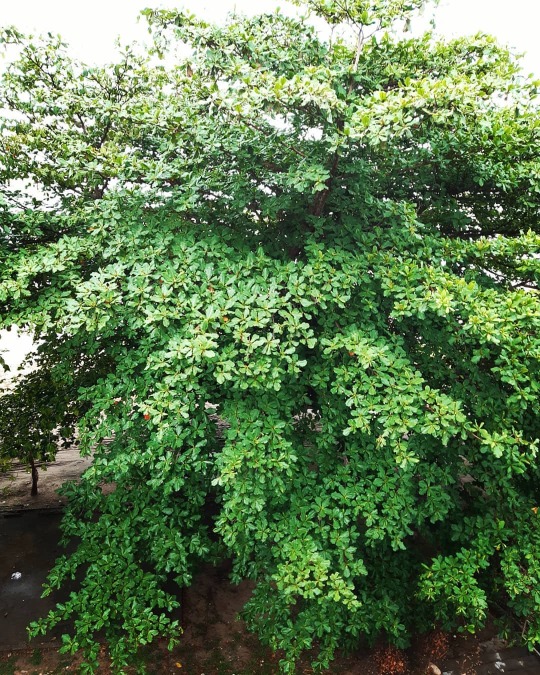
According to local #folklore, #TanjungBungah was so named because of its many flowering plants and trees, particularly the #kemunting or #rosemyrtle flowers that the bunian folk would pick and scatter in the water. Tanjung Bunga today is a tourist area with several hotels and apartments in a row. Trees like this one behind my apartment are still standing, but there's less greenery today compared to when I was growing up #AsianFolklore https://www.instagram.com/p/CM1hK7ihBD2/?igshid=yxg28ifeflsz
0 notes
Photo
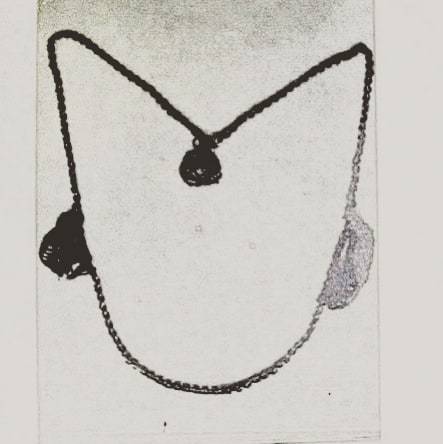
The #RantaiBabi, meaning "boar's chain" is a necklace said to be worn by lone boars in #SoutheastAsianFolklore. If a human can obtain it, they become impervious to weapons. Stealing it is difficult since the boars only take the chain off when they wallow. While modern urban legends depict the rantai babi as being made made of fur, it's traditionally made of different metals. The rantai was historically worn by warriors when they went to battle #AsianFolklore https://www.instagram.com/p/CL4A9iOhp-3/?igshid=1m31zm3wxzlra
0 notes
Photo

Not as good as the milk one, but someone had to do it https://www.instagram.com/p/CL1epWnh7WN/?igshid=syss6gh1k91
0 notes
Photo
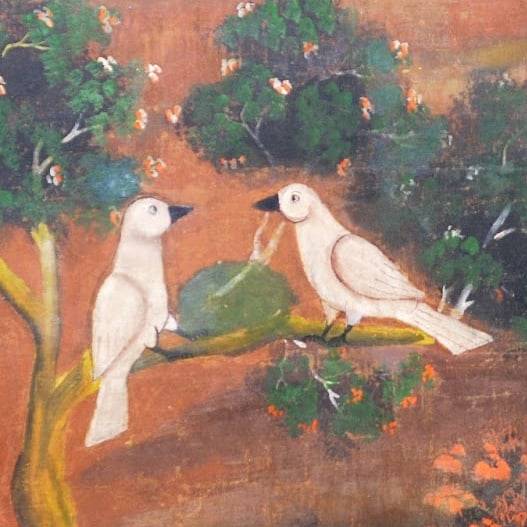
In #SoutheastAsianFolklore, #crows are said to have originally been white or grey, and a few #folktales explain how they became black. In one story, the crow showed the stork (bangau) how to colour it's feathers white. Wishing to be more attractive than the crow, the ungrateful stork then makes the crow black. In another story found everywhere from Malaysia to Vietnam, the crow and peacock painted each other. The crow painted the peacock beautifully, but was impatient for the peacock to finish painting. As a result, the peacock only had time to paint the crow one single colour. Both tales consider the crow an ugly bird, but I think they look fine #asianfolklore https://www.instagram.com/p/CLoRm2Mh3zn/?igshid=1s8p5dbdgez0t
0 notes
Photo
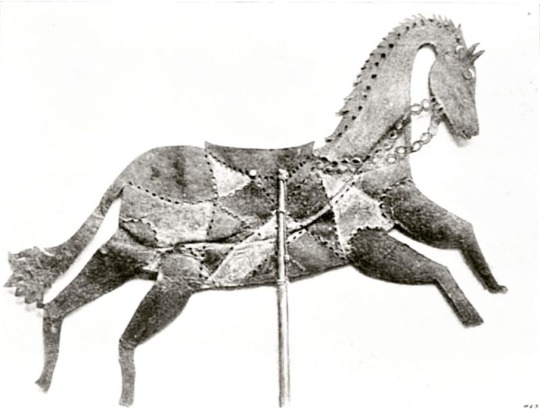
The #KudaSemberani is a race of flying horses in #MalayFolklore and #MalayMythology that can travel freely through the sea or in the air. Modern descriptions and translations give them wings, but older accounts never mention wings. Shadow puppets of kuda semberani, as can be seen here, look like regular wingless horses. The kuda semberani in the Sulalatus Salatin is named Faras-ul Bahri, meaning "horse of the sea" in Arabic. In South Asia, the Arabic-derived term farasi bahari referred to dragon-horses, said to be the offspring of dragons that took the form of horses to mate with mares. If the kuda semberani are dragon-horses, it would explain why some are described as green #horse #folklore #mythology #mythologicalbeast #folkloreandfairytales #southeastasianmythology #southeastasianfolklore https://www.instagram.com/p/CKvxj13BjhF/?igshid=1xf237yhe9kqp
#kudasemberani#malayfolklore#malaymythology#horse#folklore#mythology#mythologicalbeast#folkloreandfairytales#southeastasianmythology#southeastasianfolklore
0 notes
Photo
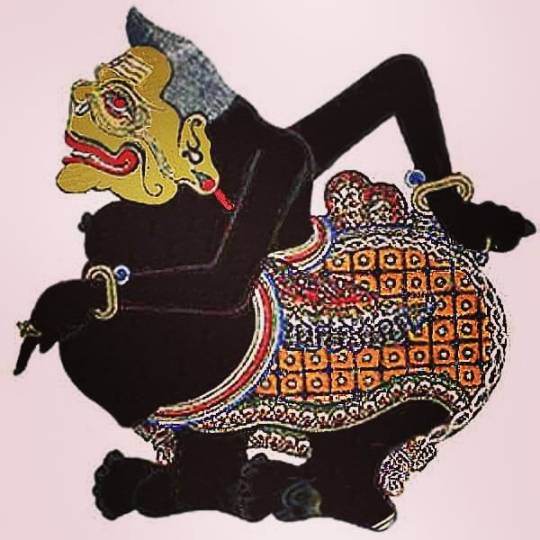
Semar is the tutelary deity (dhanhyang) of Java. Versions of his story tie him to Hindu or Islamic mythology, but he is actually an indigenous god who survived the influence of foreign religions. Though appearing as an ugly clown-like figure, he's deceptively powerful. In fact he's said to equal the major gods of the Hindu pantheon but choose to make way for them while he himself remained as the guardian of the common folk https://www.instagram.com/p/CCk_3fkhjue/?igshid=gk080ff5as1t
0 notes
Photo
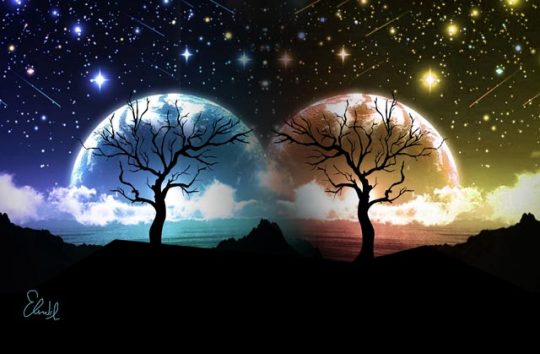
The Two Trees of Valinor, the first source of light in Tolkien’s work.
134 notes
·
View notes
Text

“No half-heartedness and no worldly fear must turn us aside from following the light unflinchingly.”
-J.R.R Tolkien
64 notes
·
View notes
Text
One of the ballsiest things Tolkien ever did was write 473k words about some hobbits called frodo, sam, merry, and pippin and then write in the appendices that their names are actually maura, ban, kali, and razal.
186K notes
·
View notes



